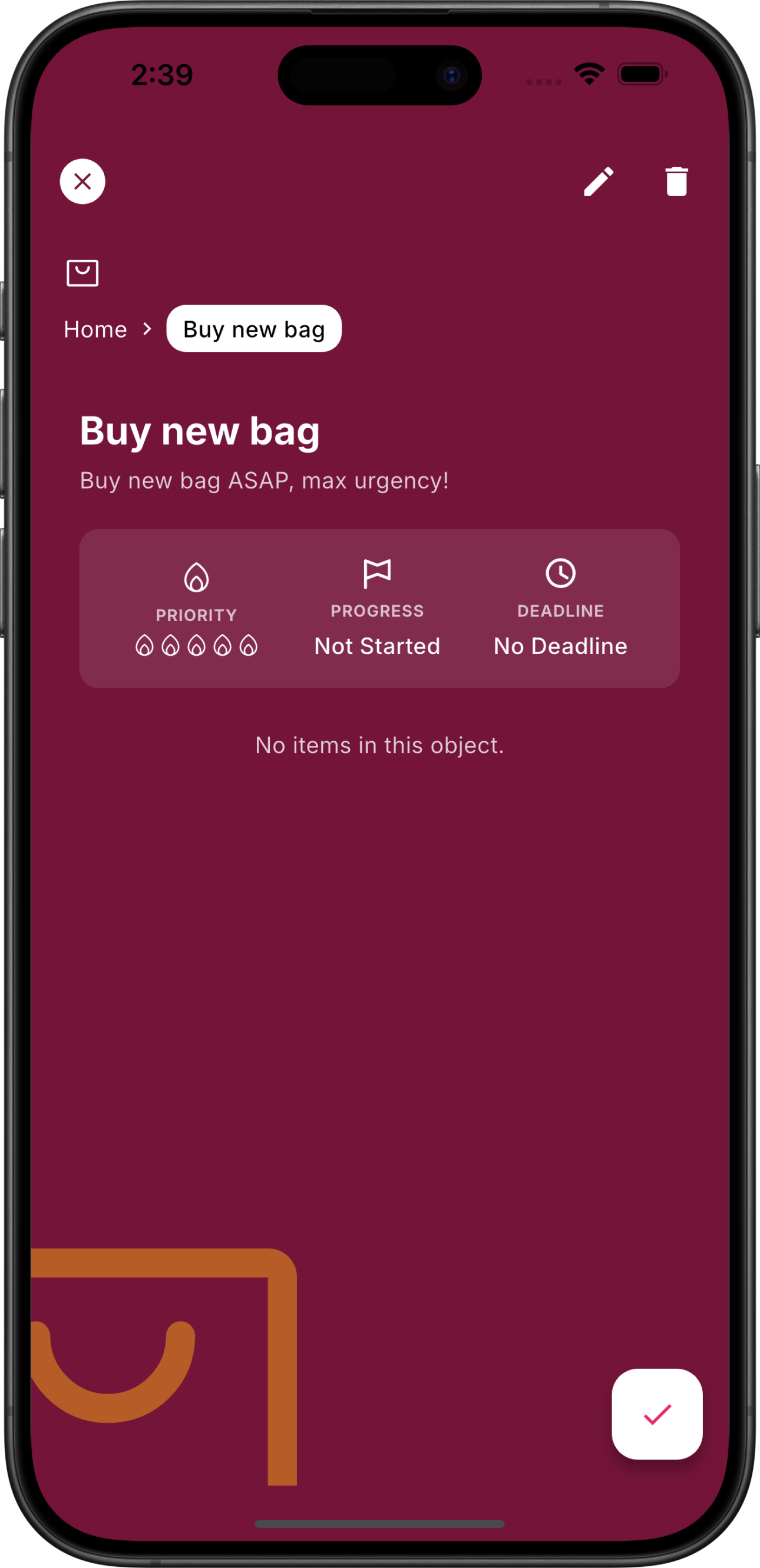Why it matters: Research teams drown in transcripts and highlight reels. Forrester’s 2024 Experience Index shows that customer-obsessed firms refresh insights every 30 days, yet most insights still live in slides that nobody revisits.[1] A Chaos repository keeps discovery, delivery, and decisions in one searchable map.
TL;DR
- Collect interviews and experiments via Chaos intake forms with mandatory consent tracking.
- Cluster insights using smart tags, then broadcast updates through the client portal blueprint.
- Schedule quarterly repository audits so stale findings expire automatically.

Why does research ops need a Chaos repository?
Without a single source of truth, product and marketing teams duplicate discovery. Chaos links interview assets, consent forms, and output decks so stakeholders can self-serve. The UK Government Digital Service recommends making evidence easy to find before decisions are made—a repository makes that real.[2]
How do you assemble the research ops repository?
Use the following structure:
| Layer | Purpose | Chaos asset |
|---|---|---|
| Capture | Collect interviews & experiments | Intake form + consent checklist |
| Synthesis | Tag insights, cluster themes | Smart tags + experiment review template |
| Broadcast | Share recaps & decisions | Client portal collection + decision log |
How do you keep insights fresh?
Set review cadences in the agentic KPI scorecard. Automations ping owners when themes age beyond 90 days. During sprint reviews, link live findings into the demo storyboard so teams align on evidence.
Key takeaways
- Centralise consent, raw data, and themes in Chaos so stakeholders self-serve insights.
- Automate broadcasts to reduce time spent copy-pasting into slide decks.
- Expiry rules keep the repository relevant and trustworthy.